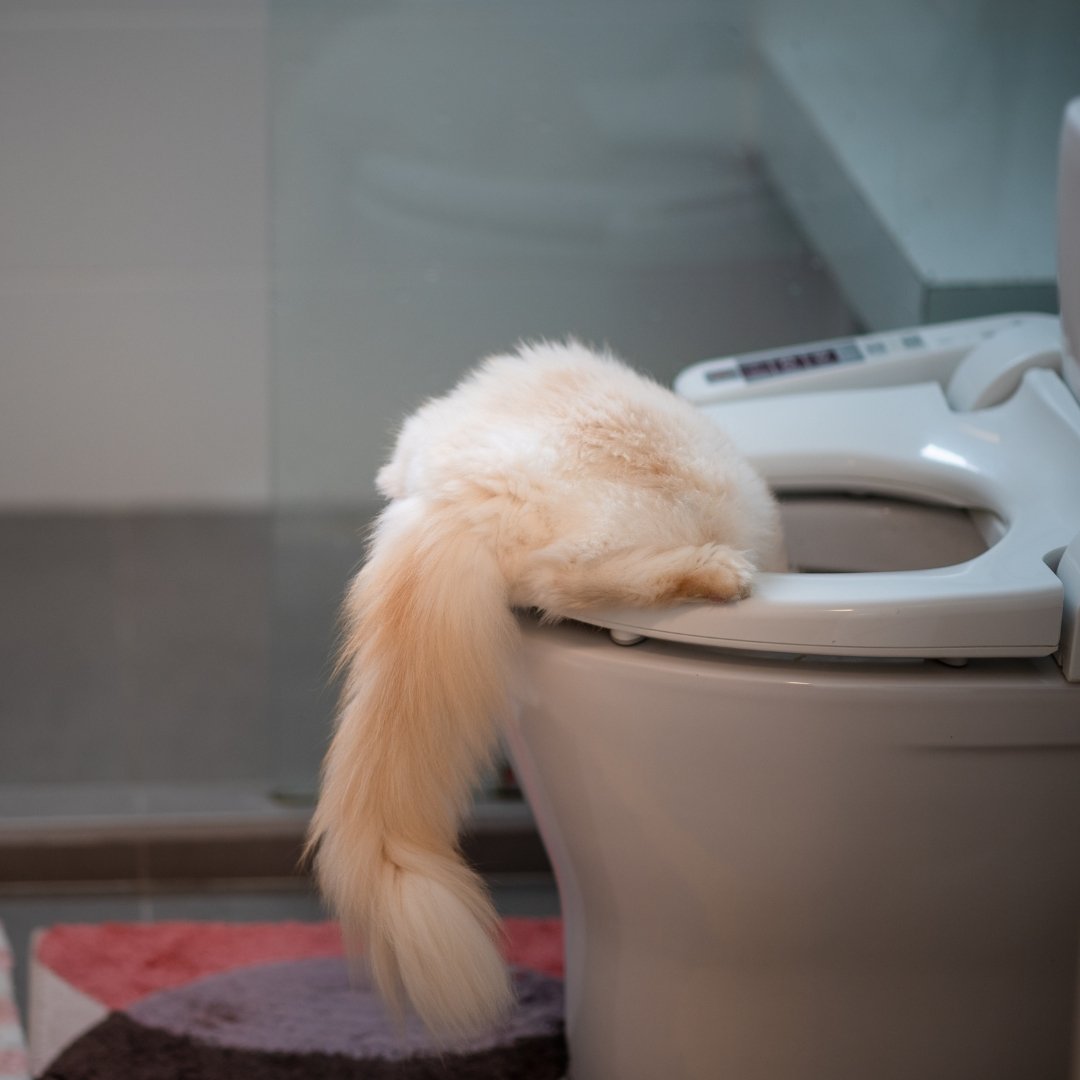Reasons Why You Need to Never Get rid of Animal Waste Down the Toilet
Reasons Why You Need to Never Get rid of Animal Waste Down the Toilet
Blog Article
Every person has got their own idea with regards to 10 Things You Should Never Flush Down The Toilet.

When it comes to taking care of waste, especially animal waste, lots of people commonly consider the practical option of flushing it down the toilet. Nevertheless, this apparently easy option can have significant repercussions for the atmosphere and public health. In this short article, we'll discover why flushing animal waste down the toilet is a poor idea and offer alternative methods for correct disposal.
Introduction
Appropriate waste disposal is critical for keeping environmental sustainability and public health. While it might seem harmless to purge animal waste down the toilet, it can bring about various concerns, both for the environment and human well-being.
Risks of flushing animal waste
Environmental effect
Flushing pet waste introduces unsafe germs and microorganisms right into waterways, which can adversely impact marine environments. These pathogens can pollute water sources and injury marine life, interfering with delicate ecological communities.
Public health problems
Animal waste consists of hazardous microorganisms such as E. coli and Salmonella, which can pose major health and wellness dangers to human beings. Flushing pet waste down the commode can contaminate water materials, bring about the spread of conditions and infections.
Alternatives to flushing
Instead of flushing animal waste down the bathroom, there are a number of different disposal techniques that are extra environmentally friendly and hygienic.
Composting
Composting pet waste is an environmentally friendly way to deal with it. By composting, organic matter is broken down into nutrient-rich dirt, which can be made use of to fertilize gardens and plants.
Land fill disposal
Dealing with pet waste in a garbage dump is another alternative. While not as environmentally friendly as composting, it is a safer choice to flushing, as it prevents the contamination of water resources.
Pet garbage disposal systems
There are specific pet dog waste disposal systems offered that securely and hygienically take care of pet waste. These systems frequently utilize enzymes to break down waste and remove smells.
Steps to proper pet waste disposal
To make certain proper disposal of pet waste, comply with these actions:
Scooping and nabbing waste
Consistently scoop and bag animal waste using naturally degradable bags. This protects against waste from contaminating the setting.
Utilizing assigned waste bins
Dispose of bagged pet waste in marked waste bins, such as compost containers or land fill containers. Avoid flushing it down the commode in all expenses.
Cleaning can and animal locations consistently
On a regular basis clean can and animal areas to stop the buildup of waste and bacteria. Usage pet-safe cleaning products to keep hygiene.
Advantages of appropriate disposal techniques
Embracing appropriate disposal techniques for animal waste supplies numerous advantages:
Minimized environmental pollution
Appropriate disposal methods lower the threat of environmental pollution, shielding waterways and communities from contamination
Reduced threat of water contamination.
By staying clear of flushing animal waste down the toilet, the threat of water contamination is significantly decreased, protecting public health.
Boosted cleanliness and health
Proper disposal methods advertise far better sanitation and health, developing a much safer atmosphere for both people and animals.
Conclusion
In conclusion, purging pet waste down the commode is harmful to the atmosphere and public health. By adopting alternative disposal approaches and complying with proper waste management methods, we can decrease the negative impact of pet waste and contribute to a cleaner, much healthier world.
What To Do With Dog Poo – The Do's website And Don'ts Of Disposing Of Faeces
Dog poo bins
Some councils provide dedicated dog waste bins in popular dog-walking areas that can take dog poo that has been bagged but you can legally dispose of dog waste in any public litter bin, as long as it is securely bagged. This also applies to your wheelie bin at home.
Do not flush
Water companies do not recommend flushing dog faeces down the toilet because certain parasites can survive the water processing treatment and are potentially harmful to humans. You should also never consider flushing dog poo that has been bagged down the toilet as the bags will not break down and instead create severe blockages in the sewage system.
In the woods
The Forestry Commission promotes a ‘stick and flick’ method for dealing with waste in the woods. This means finding a stick and using it to flick any poo from off the path so that it is out of the way of other walkers. You could also bury it as long as it is not in an area where there might be livestock.
Livestock
Parasites found in dog poo can be transmitted to livestock if they inadvertently eat infected faeces that has been left on grazing land. This could result in the death of sheep or abortion in cattle so you should always make sure you pick up your dog’s waste in fields where livestock could be present.

On a regular basis clean can and animal areas to stop the buildup of waste and bacteria. Usage pet-safe cleaning products to keep hygiene.
Advantages of appropriate disposal techniques
Embracing appropriate disposal techniques for animal waste supplies numerous advantages:
Minimized environmental pollution
Appropriate disposal methods lower the threat of environmental pollution, shielding waterways and communities from contamination
Reduced threat of water contamination.
By staying clear of flushing animal waste down the toilet, the threat of water contamination is significantly decreased, protecting public health.
Boosted cleanliness and health
Proper disposal methods advertise far better sanitation and health, developing a much safer atmosphere for both people and animals.
Conclusion
In conclusion, purging pet waste down the commode is harmful to the atmosphere and public health. By adopting alternative disposal approaches and complying with proper waste management methods, we can decrease the negative impact of pet waste and contribute to a cleaner, much healthier world.
What To Do With Dog Poo – The Do's website And Don'ts Of Disposing Of Faeces
Dog poo bins
Some councils provide dedicated dog waste bins in popular dog-walking areas that can take dog poo that has been bagged but you can legally dispose of dog waste in any public litter bin, as long as it is securely bagged. This also applies to your wheelie bin at home.
Do not flush
Water companies do not recommend flushing dog faeces down the toilet because certain parasites can survive the water processing treatment and are potentially harmful to humans. You should also never consider flushing dog poo that has been bagged down the toilet as the bags will not break down and instead create severe blockages in the sewage system.
In the woods
The Forestry Commission promotes a ‘stick and flick’ method for dealing with waste in the woods. This means finding a stick and using it to flick any poo from off the path so that it is out of the way of other walkers. You could also bury it as long as it is not in an area where there might be livestock.
Livestock
Parasites found in dog poo can be transmitted to livestock if they inadvertently eat infected faeces that has been left on grazing land. This could result in the death of sheep or abortion in cattle so you should always make sure you pick up your dog’s waste in fields where livestock could be present.

As a keen reader on Don't Flush Your Pets Poo Down The Loo, Vet Warns, I thought sharing that piece of content was really useful. Are you aware of anybody else who is interested in the niche? Why not share it. Thanks for going through it.
Click Here Report this page